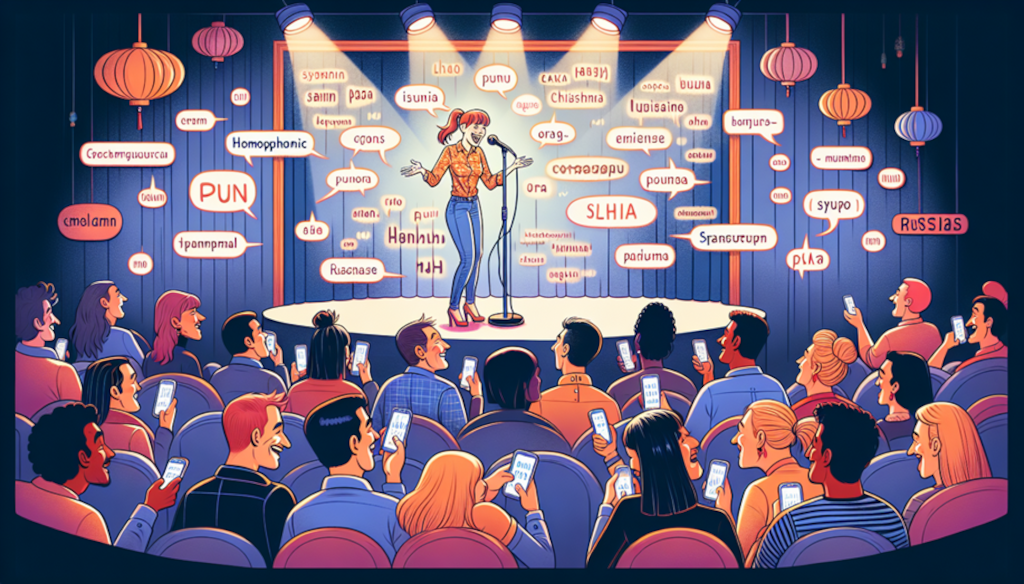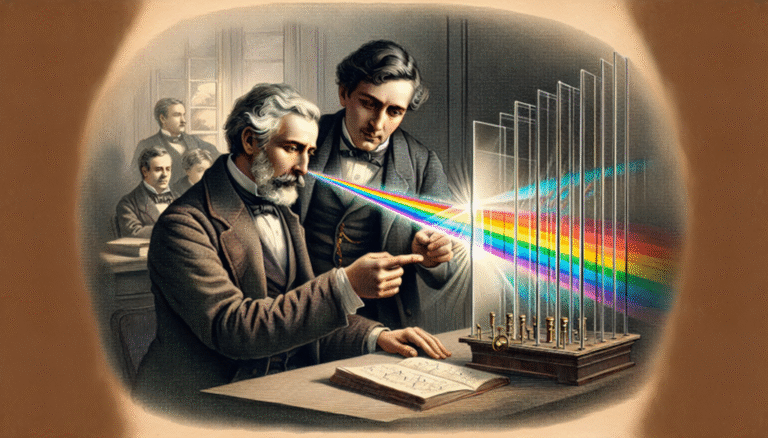You know that groan people make when you drop a pun into a conversation? That painful half-laugh, half-eye-roll response? Turns out, people everywhere—from Paris to Beijing to São Paulo—have groaned at someone’s wordplay at some point in history.
I used to think puns were just a goofy English-language thing—more dad joke than linguistic phenomenon. But then I heard a Mandarin speaker crack a pun so brilliant it left half the room howling, and the other half using translation apps to catch up. That’s when I realized:
If humor is the universal language, puns are its secret code.
The surprising science behind puns worldwide
Puns work because languages are deliciously ambiguous. Words can sound the same but mean totally different things, or a single word can hold multiple meanings depending on how you use it. Linguists call this “linguistic ambiguity,” and it may be the oldest comedic trick in the book.
What blew my mind? This isn’t true of just English. Puns appear in nearly every language where ambiguity is possible—even ones that were invented from scratch, like Esperanto.
Wait, even constructed languages?
Yes. In an experiment during the International Esperanto Congress of 2017, linguists observed participants swapping clever wordplay that relied on similar-sounding roots—proof that even made-up languages can’t resist a well-placed pun.
Across cultures, punning takes many forms:
- Homophonic puns – based on words that sound alike (e.g., “Four candles” vs. “Fork handles” in English)
- Character puns – popular in Chinese, where the tonal system makes multiple meanings possible from similar sounds
- Syntactic puns – where clever twists in sentence structure reveal double meanings (common in Russian and Japanese poetry)
What cultures do with puns says a lot about them
Some cultures elevate puns to an art form. The French have “calembours”—a celebrated type of witty, often high-brow wordplay that shows up in literature and politics alike. In contrast, some regions see punning as something goofy or low-brow.
In Japan, pun jokes called dajare are often used in advertising slogans and casual conversation—but they’re also a source of that same eye-rolling response we know so well globally.
And then there’s the world of Chinese puns, where wordplay has held symbolic value for centuries. At weddings and during New Year celebrations, people decorate with words that sound like “luck,” “abundance,” or “happiness”—all puns meant to attract good fortune.
Why some puns just don’t translate
Here’s the catch. Even if puns exist in nearly all languages, that doesn’t mean every pun makes sense when translated. Ever tried translating a clever play on words into another language? It’s like explaining a joke—by the time you finish, nobody’s laughing.
That’s because each language has its own garden of ambiguities—its own unique history of homophones, grammar quirks, and cultural references. What’s hilarious in French might be nonsense in Dutch. What seems poetic in Persian may sound clunky in Spanish.
Fun example: The Russian pun that only works in Russian
In one Russian joke, a man says he’s both “chelovek” (a person) and “ne chelovek” (not a person), based on a clever manipulation of the prefix. In context, it’s relatable, deep, and hilarious—but that punchline just doesn’t pack the same punch in English.
So, do all languages pun?
Pretty much, yes. You’ll find some form of wordplay wherever there’s language—with poems, pop songs, memes, and even graffiti laced with punny brilliance. But the form, flavor, and frequency of it depend on that language’s structure and cultural vibe.
The takeaway?
Wordplay isn’t just a joke—it’s a window into how people think, feel, and connect. If you want to truly learn a language, study its puns. They’re not just jokes: they’re little puzzles revealing what a culture values, worries about, and laughs at when no outsiders are listening.
Next time someone groans at your pun, just smile and know this: you’re communicating on a global, deeply human level—even if you also just made everyone hate you a little.




Leave a Comment